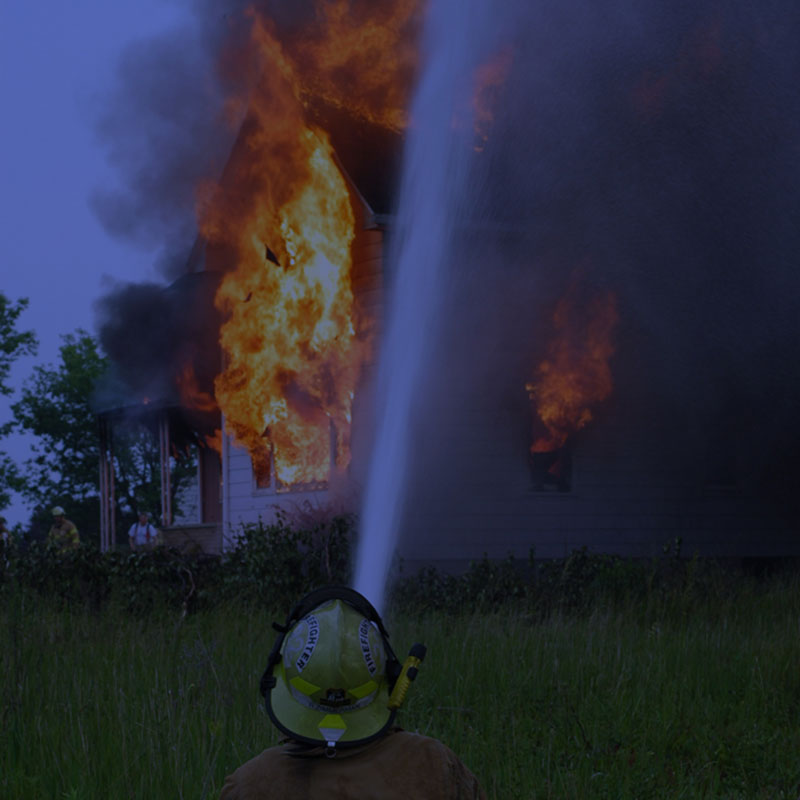With many recent and scary fire situations over the past few years in places such as Slave Lake, Fort McMurray, BC’s interior, California and more, wildfires leave many questions with home owners.
Is my home still standing? If it isn’t, what do I do now?
How will we start over?
How do I get in touch with my broker if their business has burnt down too?
What does my insurance company cover?
Who is my insurance company?
Fire to a home is complete devastation, what the flames don’t obliterate, the smoke & water does. Every single piece of your property; from canned foods, to snow boots in storage… Every single book you own, every pair of nail clippers, every set of panties & socks will either need to be cleaned &/or replaced.
So here is our primary question:
Do you know what you have in your home?
If your entire home was burnt to the ground – could you sit down today and confidently write out a comprehensive list of EVERYTHING you had in your home and its approximate cost upon purchase? Is writing out an inventory list after the fire (or flood) something you think you’ll want to do while grieving the loss of your home & all of your possessions? Furthermore, do you know if the opal earrings you inherited from grandmother last year are covered? What about the ‘just in case’ money you keep stashed in your sock drawer?
We are encouraging all of our clients (their friends & their families) to take the time to protect yourselves – we strongly believe by working your way through the 5 following steps you can help ease the pain of your loss:
1. Fill out a Home Inventory Checklist and return it to your broker; either in person, via fax or via email. We will then scan it & attach it to your policy and this way, in the event of a loss we have a digital copy to get you started and to help you get back on your feet as soon as possible.
2. Take the time to fully read & understand your insurance policy. Come in and let’s go over what is excluded from your current coverage so we can:
a) add coverage to those valuables that are not automatically covered or
b) help you take the necessary steps to diminish or mitigate against the loss.
3. Put pictures, trinkets & valuables you feel you can’t live without into a ready to go air tight container under your bed or in an accessible place for quick retrieval when/if you ever need to evacuate your home.
4. Have a 72 hour emergency kit ready to go – the Canadian government recommends the following for a 4 person family (www.canadiansafetysupplies.com):
24 Emergency Drinking Water Rations
3 3600 Calorie Food Ration Packs
2 Emergency Rescue Blankets
4 Dust Masks
8 Sanitary Napkins
3 Rolls of Toilet Paper
1 Whistle
4 Pairs of Work Gloves
4 Ponchos
1 Crank Flashlight (No Batteries Required)
15 Adhesive Bandages
4 Knuckle Bandages
4 Fingertip Bandages
4 Patch Bandages
12 Antiseptic Towelettes
1 CPR Mask
1 Bio Hazard Waste Bag
2 Light Sticks
1 Nylon Backpack
5. Store your policy number along with your insurance company emergency claim phone number either in your phone or better yet, with a loved one who lives in a different city – this way, you will know exactly who to call in the event of an emergency when you know your broker is being evacuated with you.
Visit the Make a Claim page and – you will find all of our companies & their emergency claims numbers.
Please take the time to get prepared and stay prepared.
